
09-01-2026 17:41
Arnold BüschlenHallo, F. dilatata wird von vielen Bryoparasiten

10-01-2026 20:00
Tom SchrierHi all,We found picnidia on Protoparmeliopsis mur

07-01-2026 22:22
 Danny Newman
Danny Newman
Tatraea sp. on indet. hardwood The Swag, Great Sm

10-01-2026 01:18
 Danny Newman
Danny Newman
cf. Neovaginatispora fuckelii on indet. shrub Pre

07-01-2026 10:24
 Danny Newman
Danny Newman
Pezicula sp. on indet. hardwood Appalachian Highl

09-01-2026 10:08
 Blasco Rafael
Blasco Rafael
Hola, en el mismo habitat que la anteriorRetamaDia

08-01-2026 21:22
 Blasco Rafael
Blasco Rafael
Hola, He recogido esta muestra de Orbilia sobre Re

07-01-2026 17:29
 Marc Detollenaere
Marc Detollenaere
Dear Forum,On a barkless Populus I found some smal

10-11-2021 17:33
 Riet van Oosten
Riet van Oosten
Add-on topic http://www.ascofrance.com/forum/7059

07-01-2026 10:05
 Danny Newman
Danny Newman
cf. Chaetospermum on XylariaCosby Campground, Grea
Apothecia sessile, whitish to yellowish, translucent, up to 0.6 mm in diameter, outer surface minutely pubscent, more pronounced in the edge (in some specimens), gel tissue absent.
Excipulum hyaline, from prismatic/ellipsoid cells, 15 x 5 mk at base, narrow to the edge (2 mk), where hyphoid up to 30 mk long, 1.6 mk broad hair-like elements could be developed; asci without crozier, with euamyloid ring, 60-70 x 8-9 mk (n=7); paraphyses cylindrical, rarely branched, 2 mk broad; spores ellipsoid, without oils, 9.3 (8.1-10.9) x 3.7 (3.2-4.2) mk (n=25).
Date of collection: 11.07.2014, Coordinate: N60,892580° E68,679586°.

Zotto
I have found recently a close-matching description which means that this collection could belong to Hymenoscyphus ericae. Though the species is ericoid mycorrhizal with members of Ericaceae and it was described from roots of Ledum groenlandicum; i wonder if my substrate (S. fuscum surface) could be permeated by L. palustre roots; or probably the apothecia do not need to be on root surfface at all (mycelium could be)?
The descirption was in the paper:
Hambleton S., Huhtinen S., Currah R.S. Hymenoscyphus ericae: a new record from western Canada // Mycological Research. 1999. 103. 11. 1391–1397.
See attached Pdf with updated description and micro-pictures.

yes, you are indeed right, also with the simple-septate ascus bases which look like croziers but which are in fact basal protuberances that do not fuse with their basal cells.
There is evidence that Rhizoscyphus ericae inhabits a variety of substrates including bryophytes, and that it belongs in Hyaloscypha rather than in Pezoloma where I have placed it. The similarity to Pezoloma is indeed striking, but genetics tell against a close relationship.
Maybe Brian will comment this posting also.
Zotto
Yes, I think you're exactly right. I was going to email you about it when you originally posted this since I'm writing a paper about this species, but things have been hectic recently. I'm glad you found another collection!
Rhizoscyphus ericae is an extremely common ericoid mycorrhizal fungi, but also forms symbioses with a couple of other host types, including bryophytes (typically liverworts). It has been reported from a couple of mosses in the Antarctic (Chorisodontium aciphyllum and Sanionia uncinata), but there's no data as to whether it is a true symbiont of these species.
It's a very interesting find (and excellent images!). Your collection is one of very few reports of this species as a teleomorph, and I think the first report (from DNA or as a teleomorph) from Sphagnum, although it is typically associated with Sphagnum/bog habitats. I think your collection is also the first report from Russia, although I would expect it to be very common there as well.
The type strain of Rhizoscyphus ericae is definitely placed in the core Hyaloscypha clade, and shares many ecological similarities with other members of this group. There are some issues regarding morphological variation in this species that have led to it going by a couple of different synonyms, but I'll email you about these privately.
Cheers,
Brian
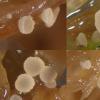
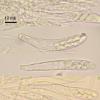
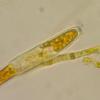
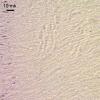
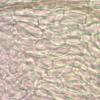
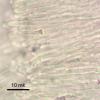
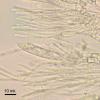
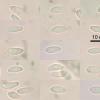
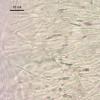
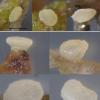
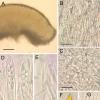
 -4516-cf-Hymenoscyphus-ericae-0001.pdf
-4516-cf-Hymenoscyphus-ericae-0001.pdf